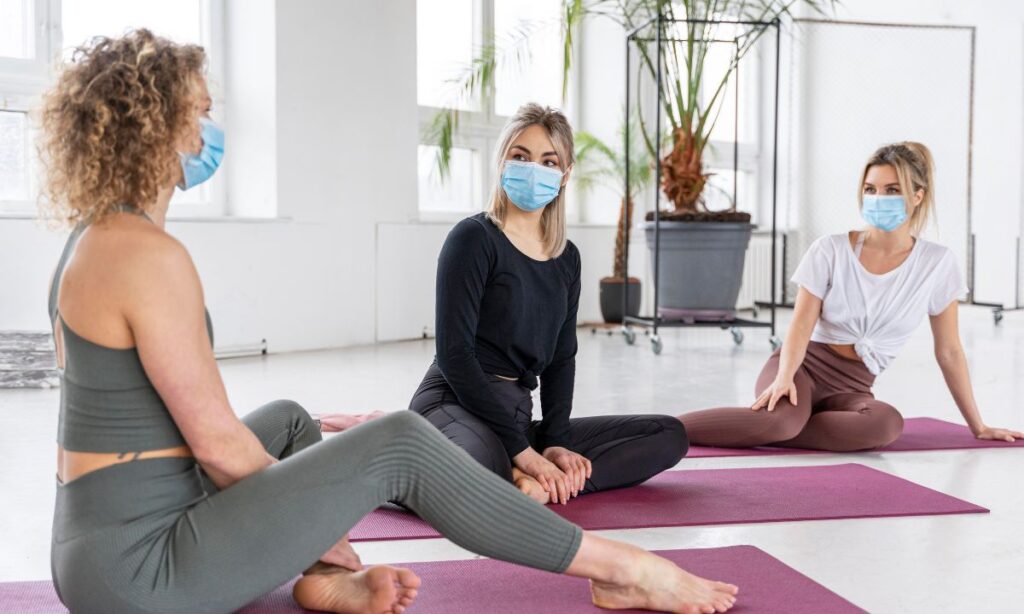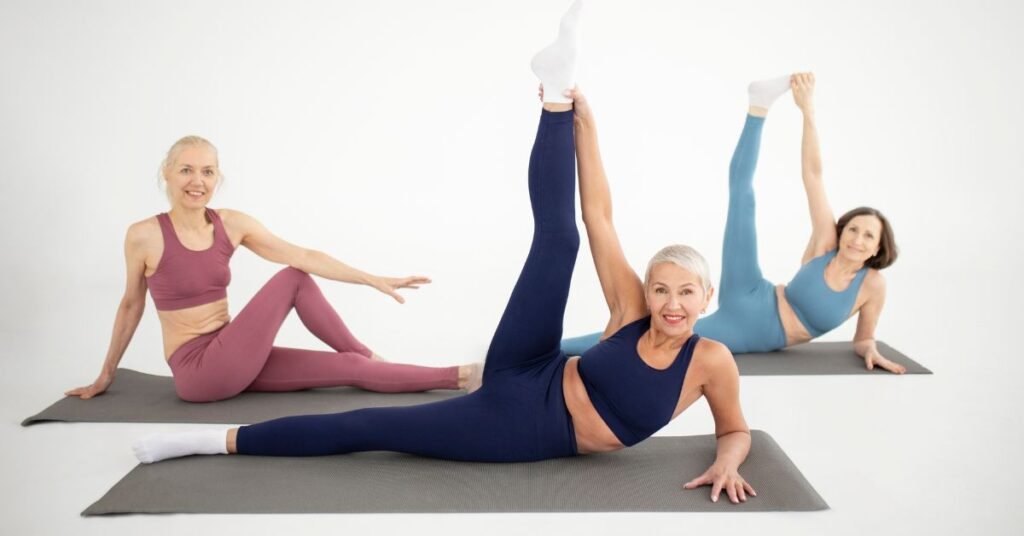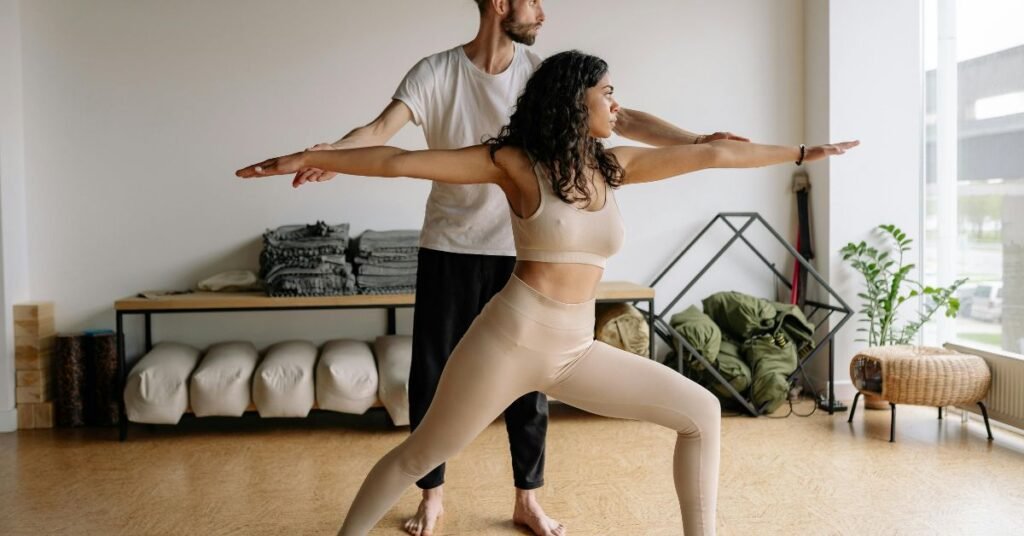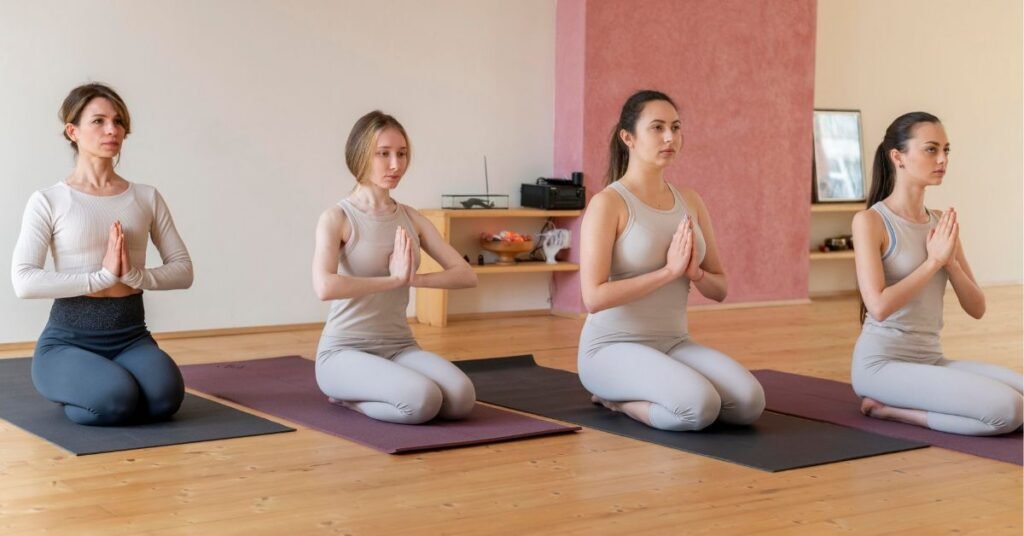Introduction
Being a healthcare worker is no easy task. Long shifts, emotional strain, and the constant pressure to provide the best care possible can take a toll on both the body and mind. If you’re a nurse, doctor, therapist, or any other healthcare professional, you know how challenging it can be to find time for yourself. But what if there was a simple yet powerful way to reduce stress, improve physical health, and boost overall well-being? Enter yoga!
Yoga is more than just a trendy workout; it’s a time-tested practice that helps improve flexibility, strength, and mental clarity. For healthcare workers, yoga can be a game-changer—offering relaxation, resilience, and renewed energy to take on daily challenges. In this blog post, we’ll explore why yoga is especially beneficial for healthcare professionals and provide practical tips on how to incorporate it into a busy schedule.
Why Healthcare Workers Need Yoga
Healthcare workers face unique physical and mental challenges that can lead to burnout and exhaustion. Here’s why yoga is a great solution:
1. Reduces Stress and Anxiety
Dealing with patients, emergency situations, and long hours can create immense stress. Yoga helps activate the parasympathetic nervous system, which promotes relaxation and reduces anxiety. Studies show that regular yoga practice lowers cortisol levels—the hormone responsible for stress.
2. Improves Physical Health
Many healthcare workers suffer from back pain, joint stiffness, and posture-related issues due to prolonged standing or sitting. Yoga stretches and strengthens the muscles, improving flexibility and reducing the risk of musculoskeletal injuries.
3. Enhances Focus and Mental Clarity
Decision-making in healthcare requires sharp focus and quick thinking. Yoga, especially when combined with meditation, enhances concentration, mindfulness, and overall cognitive function.
4. Boosts Energy Levels
Fatigue is a common problem for those in the medical field. Yoga increases blood circulation and oxygen flow, helping to restore energy levels and fight off exhaustion.
5. Supports Emotional Resilience
Dealing with illness and trauma daily can take an emotional toll. Yoga provides a safe space to process emotions, reduce compassion fatigue, and build resilience.
Readmore: Yoga for Men’s Health
Readmore: Yoga for Cancer Patients and Survivors
Best Yoga Poses for Healthcare Workers
You don’t need an hour-long session to benefit from yoga. Even a few minutes can make a difference. Here are some easy and effective yoga poses that are perfect for healthcare professionals:
1. Mountain Pose (Tadasana)
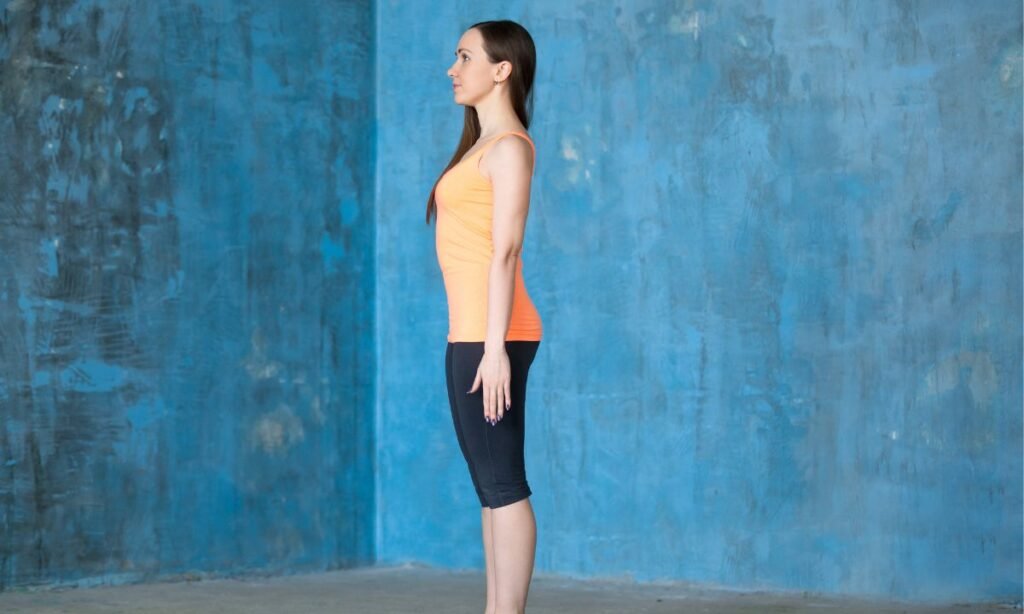
This foundational pose helps improve posture and balance. Stand tall with feet hip-width apart, engage your core, and take deep breaths. It’s great for grounding yourself before or after a hectic shift.
2. Cat-Cow Stretch (Marjaryasana-Bitilasana)

If you’re dealing with a stiff back from standing or bending over patients, this gentle flow will help. Move between arching your back (cow pose) and rounding it (cat pose) to release tension.
3. Child’s Pose (Balasana)
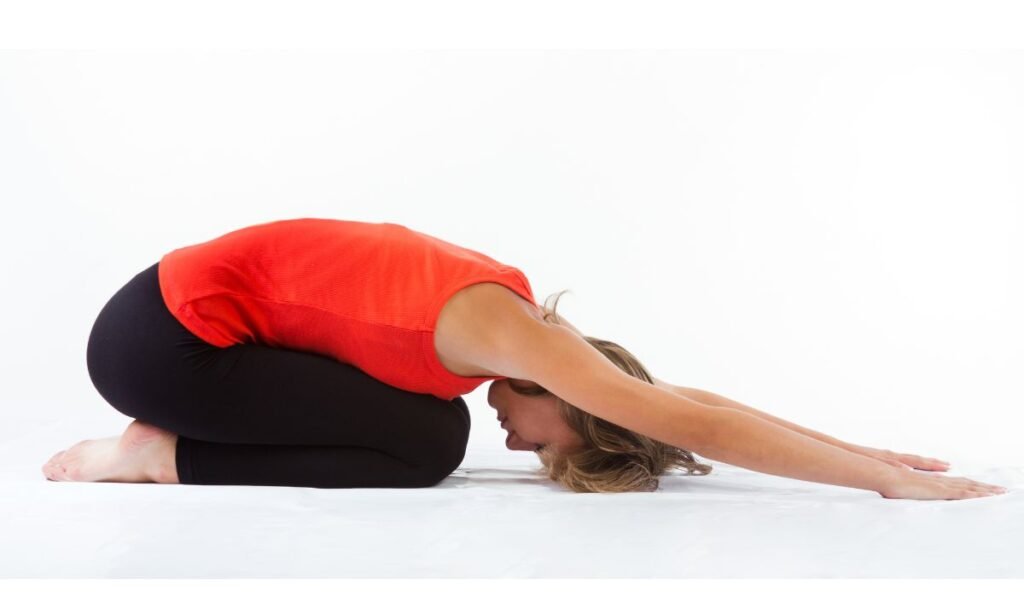
A perfect resting pose to relieve stress. Sit back on your heels, stretch your arms forward, and rest your forehead on the ground. This helps calm the mind and relax the body.
4. Downward Dog (Adho Mukha Svanasana)

Great for stretching the back, shoulders, and legs. Start in a plank position and lift your hips toward the sky, creating an inverted “V” shape. This pose improves circulation and relieves tension.
5. Legs-Up-The-Wall Pose (Viparita Karani)
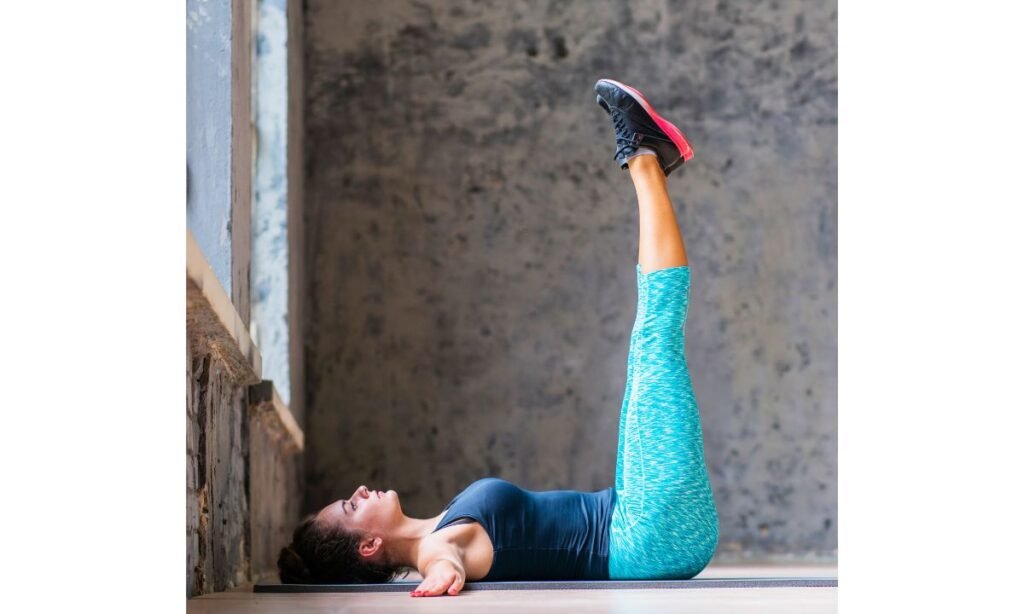
After a long shift, elevating your legs can reduce swelling and improve circulation. Lie on your back and rest your legs against a wall for a few minutes.
Readmore: Yoga for Seniors with Limited Mobility
Readmore: The Origins of Yoga: History, Evolution & Future Trends
How to Incorporate Yoga into a Busy Schedule
Many healthcare professionals think they don’t have time for yoga. The good news? You don’t need an hour-long session—just a few minutes can work wonders!
1. Morning Stretch Routine
Start your day with 5–10 minutes of gentle stretching. It sets a positive tone for the day and wakes up the body.
2. Chair Yoga at Work
Simple seated stretches, like spinal twists and shoulder rolls, can be done during short breaks to ease tension.
3. Breathing Exercises During Shifts
Take a moment between patients to do deep breathing exercises. Inhale for four counts, hold for four and exhale for four. This simple practice calms the nervous system and improves focus.
4. Short Evening Practice
Wind down before bed with a 10-minute yoga flow or meditation. It helps release the day’s stress and promotes restful sleep.
Tips for Staying Consistent
Starting a yoga routine is easy, but staying consistent can be challenging. Here are some tips to help you stick with it:
- Start small – Even 5 minutes a day is beneficial.
- Make it a habit – Incorporate yoga into your daily routine, like brushing your teeth.
- Find a yoga buddy – Practicing with a friend or colleague can keep you motivated.
- Use online resources – Free yoga videos on YouTube can provide guidance and inspiration.
- Listen to your body – Yoga should feel good, not painful. Modify poses as needed.
FAQs
Q1. Do I need prior experience to start yoga?
No! Yoga is for everyone, including complete beginners. You can start with simple stretches and gradually progress to more advanced poses.
Q2. How often should I practice yoga?
Even 5–10 minutes a day can make a difference. Ideally, aim for at least 3–4 times a week to experience noticeable benefits.
Q3. What if I don’t have time for a full yoga session?
Short stretches, breathing exercises, or a quick yoga flow during breaks can still be effective. Any amount of movement is better than none!
Q4. Can yoga really help with stress and burnout?
Yes! Research shows that yoga reduces cortisol levels, helping to relieve stress, anxiety, and burnout.
Q5. Do I need special equipment for yoga?
No. A yoga mat is helpful but not necessary. Many poses can be done on a carpet or even in a chair.
Readmore: 5 Amazing Reasons to Try Hot Yoga
Readmore: 5 Yoga Poses to Counteract Sitting at a Desk All Day
Conclusion
Yoga is a powerful tool that can help healthcare workers manage stress, improve physical health, and enhance emotional resilience. Even with a busy schedule, small moments of mindfulness and movement can make a huge difference. Whether stretching between shifts, practicing deep breathing, or dedicating time for a short flow at home, yoga can bring balance and well-being to your life.
If you’re a healthcare worker looking to improve your overall health and well-being, give yoga a try. Your mind, body, and patients will thank you for it!

Sonu is a passionate yoga teacher with over 6+ years of experience helping individuals find balance, strength, and inner peace through the transformative power of yoga. As the creator of Pure Yoga Vibes, Sonu shares expert insights, inspiring practices, and a wealth of knowledge to support your wellness journey. Dedicated to creating a space for growth and mindfulness, Sonu’s mission is to make yoga accessible and enjoyable for everyone. For inquiries or collaborations, feel free to reach out at contact@pureyogavibes.com.
